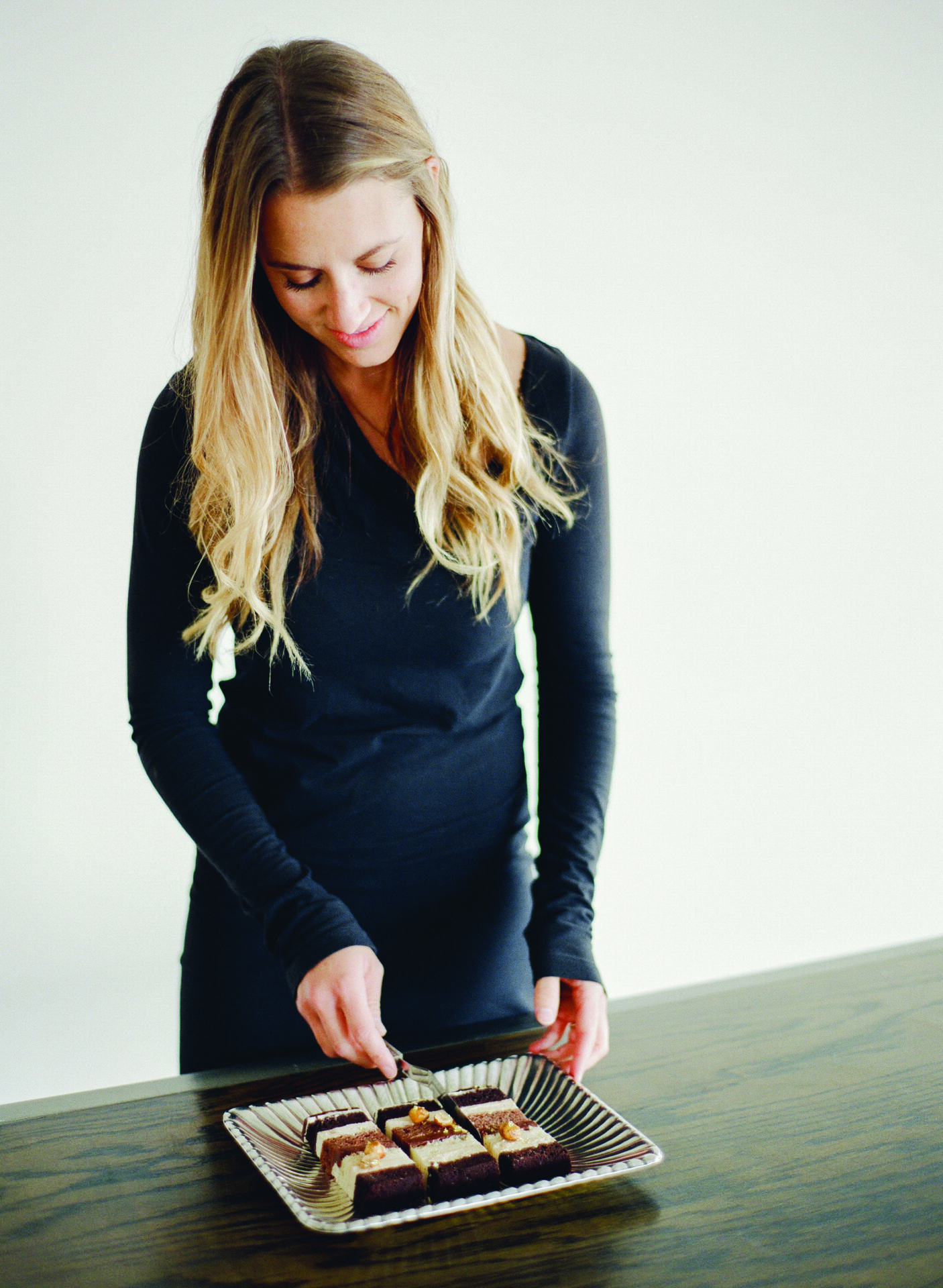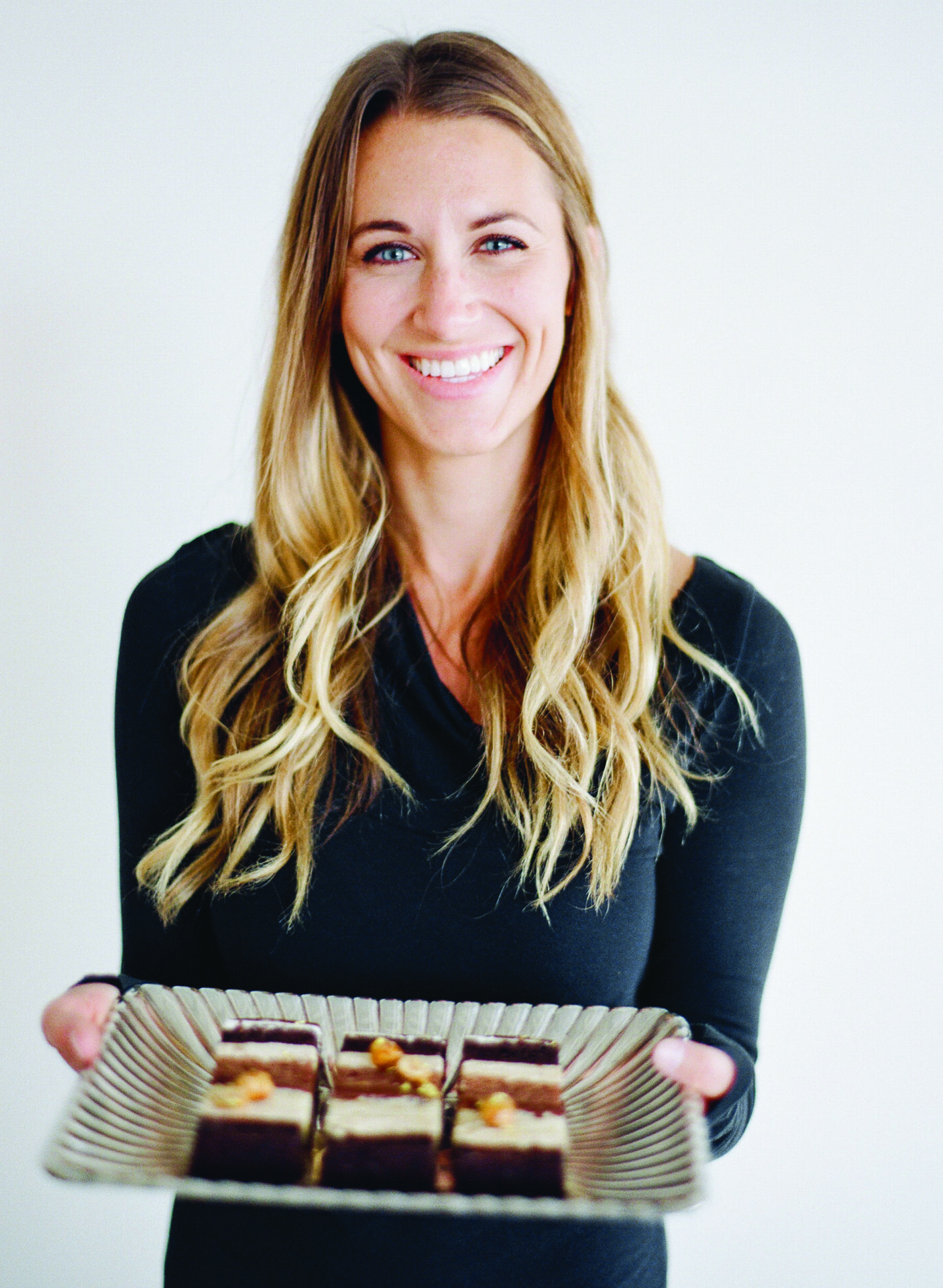Living at high-altitude requires a bit of adjustment, especially when it comes to measuring out flour, sugar and eggs in the kitchen. Baking at high altitudes can be a bit of a deflating experience, often returning crumpled-looking cakes in place of the fluffy sponge on the cover of the recipe book. However, with a few refinements and a bit of practice and precision, you can soon be pulling a batch of moist, yummy banana bread out of the oven, even at 8,000 feet.
As you probably know, increased altitude means decreased air pressure. When it comes to baking, this means that your cakes and breads will rise more easily, lose moisture faster and often form gas bubbles that can leave your sponge coarse instead of velvety.

Photos courtesy of Megan Joy Cakes
Pastry chef Megan Clark, founder of the bespoke cake studio Megan Joy Cakes in Eagle, has mastered the art of high-altitude baking. Though she trained at Chicago’s prestigious French Pastry School, she found she still had some learning to do when she moved to the mountains.
“I’ve always loved baking and was intimidated that everything I knew would be lost when I moved to Vail. So, I just kept trying recipes and making notes until I got the results I wanted,” says Clark. She was forced to uncover the secrets of high-altitude baking in a trial-by-fire when she was commissioned to prepare a variety of desserts for a world-renowned pastry chef at a cooking class in Beaver Creek. “Some of the recipes came out fine, while others were definitely affected by the altitude,” she recalls.
Following this experience, she persevered in pursuit of the perfect cake and her trial-and-error approach proved to be the winning formula; she has since had her work featured in world-renowned publications such as Martha Stewart Weddings, Harper’s Bazaar and Vogue. If you’re keen to get your apron on and give it a try, her advice for starting out with high-altitude baking involves two key adjustments that make up for the loss of moisture loss by changing your proportions and a pinch of courage.
